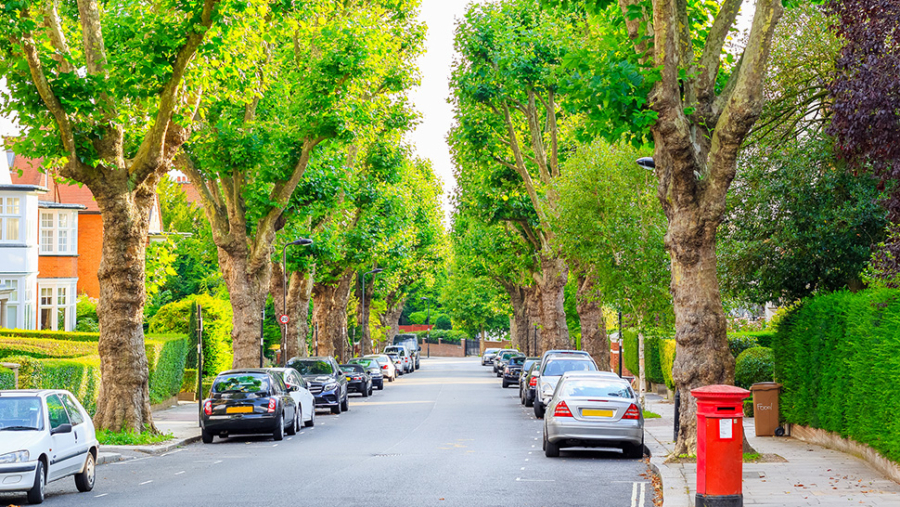

News emerged recently of an eight-year-old girl suffering catastrophic injuries when a tree fell on her outside a care home. The care home she was outside was fined £400,000 and ordered to pay prosecutor’s costs after it pleaded guilty in a health and safety prosecution.
The little girl had been running along the pavement outside the entrance to Oak Lodge Care Home in Southampton when a lime tree fell on her. She suffered serious crush injuries and had to have a leg amputated. The tree was later found to be ridden with fungus and likely to have been rotting years.
Bupa Care Homes (CFHCare) Limited was found to have failed to have in place a strategy to manage trees, including adequate risk assessment, proactive surveys, inspections, and monitoring of trees, to identify where remedial work may have been required to prevent risk of the tree falling.
Vets, dentists and other health and social care providers
However, it’s not only care homes which are liable for such tragedies. Businesses across the health and social care industry – be they vets, dentists or community centres – all have duties under the Health and Safety at Work Act 1974. In particular, there is the duty to do all that is reasonably practicable to ensure that people are not exposed to risk to their health and safety.
However, doing all that is reasonably practicable does not mean that all trees have to be individually examined on a regular basis. A decision has to be taken on what is reasonable in the circumstances and this will include consideration of the risks to which people may be exposed.
What does an effective tree management system look like?
An effective system for managing trees should meet the requirements set out in the Management of Health and Safety at Work Regulations 1999. It should involve:
- An adequate risk assessment of risks from trees – identifying groups of trees by their position and degree of public access
- Proactive surveys
- Inspection
- Monitoring
As a minimum, trees should be divided into two zones:
Zone one: Where there is frequent public access to trees – for example parks, recreation grounds, picnic areas, schools, children’s playgrounds, popular foot paths, car parks, or at the side of busy roads.
Zone two: where trees are not subject to frequent public access.
Vets – and other providers – should have regard to the Approved Code of Practice, the HSG 65 Successful health and safety management and INDG 163 Five steps to risk assessment when seeking to discharge their obligations under the Management of Health and Safety at Work Regulations.
They should also refer, for specific advice on trees, to guidance issued by the National Tree Safety Group when seeking to discharge their obligations under s3 Health and Safety at Work Act 1974, the Occupiers Liability Acts and other legislation. More general guidance is also available from the Forestry Commission and the Arboricultural Association.










